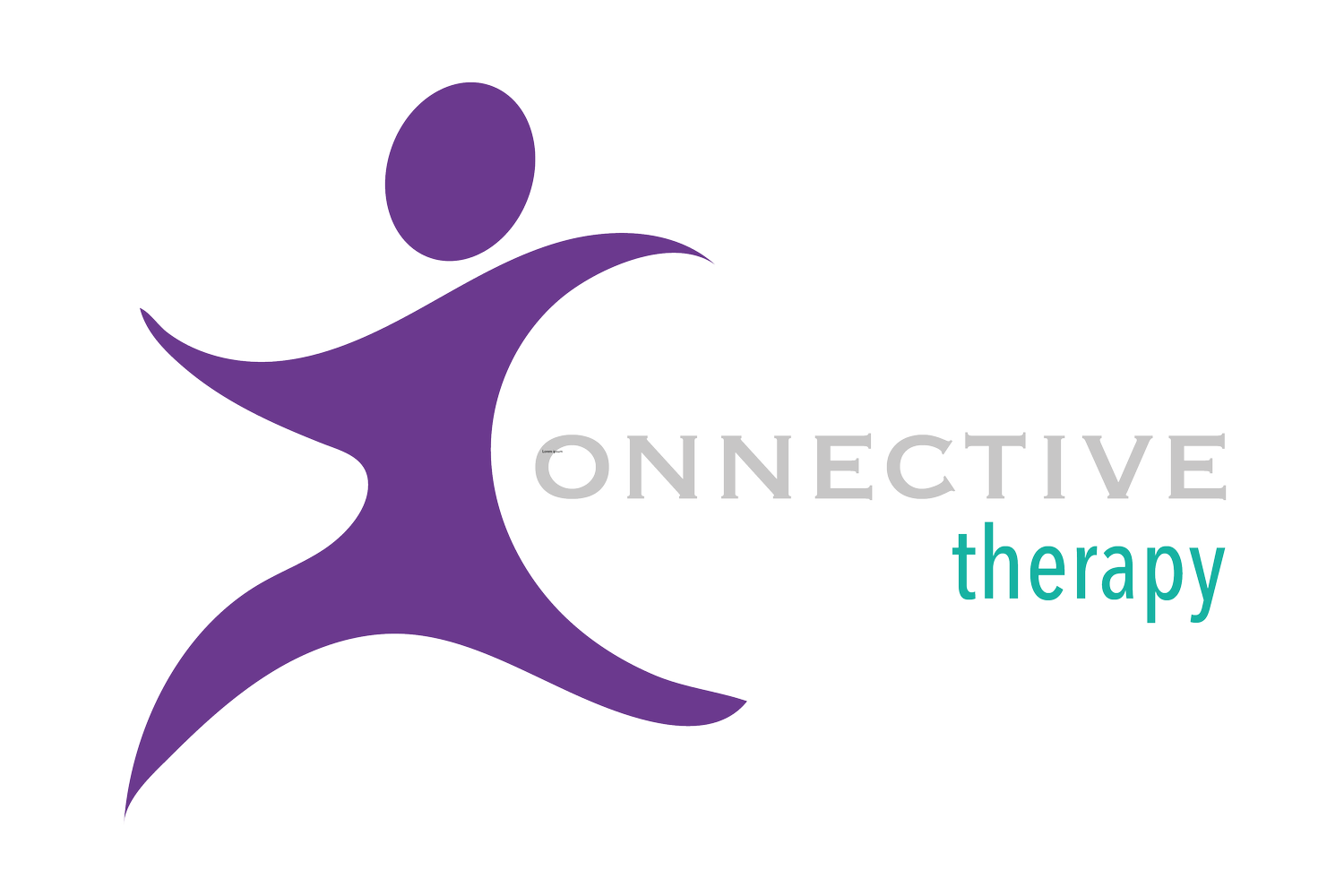Case Study - Achilles Strain (tear)
Achilles Strain
Recently, a client booked in for treatment following an injury to her achilles tendon whereby she felt a “snap” sensation during a gym class. We will refer to her as Client A.
Client A came to me initially in order to assess the injury and prepare an appropriate rehabilitation plan. During the first session, we ascertained that she had unfortunately suffered a strain of the achilles tendon (a muscular/tendon strain is a tear, of various degree, to the tissue and usually impacts on general range of movement).
At the time of the assessment, the injury was approximately one week old in the sub-acute phase of trauma. This was beneficial as it meant the injury was at a point whereby we could intervene with soft tissue rehabilitation techniques. If an injury is “fresh” i.e it has happened within 72 hours, then we would normally ask the client to carry out the PRICE procedure (Protect, Rest, Ice, Compress, Elevate) before applying any hands-on treatment. This is to ensure that that we do not cause any further damage to the injured area.
During our first treatment session, I started by using sports massage techniques to warm up the muscle and increase blood flow to the area. Once this was achieved, I applied soft tissue techniques in order to regain some range of movement to the achilles tendon. Alongside this modality I also used dry needling, which helps to increase blood flow and healing, followed by the application of kinesiology tape.
At the end of the treatment session, we retested the joint which told us we had successfully achieved our objective of regaining some ROM. To help continue the rehabilitation process, I made a treatment plan that Client A would be able to complete from home before the next session.
Two weeks later, Client A returned for a follow-up appointment. It was clear that she had been focused with her exercise prescription as there was a very obvious improvement with her injury. ROM was close to the pre-injury state and Client A also reported a reduction in pain. We then carried out another treatment session involving sports massage and soft tissue techniques.
At the end of this session, I edited Client A’s exercise rehabilitation plan to reflect her improvement. Having regained ROM in the achilles, we moved onto strengthening techniques and she was provided with a range of exercises to help achieve this.
Two weeks later, we had our third session. I was pleased to see a further improvement in the injury, with Client A reporting that she had been back to the gym and had been running with friends. She was showing increased strength to the injured area and ROM was back to normal. She occasionally experienced the odd “twinge” during exercise, however Client A was very aware of the symptoms and eased off her activity if this occurred. We then carried out some further treatment as before.
This was our last session and I happy to say that Client A has not had any reoccurrence of the injury.

